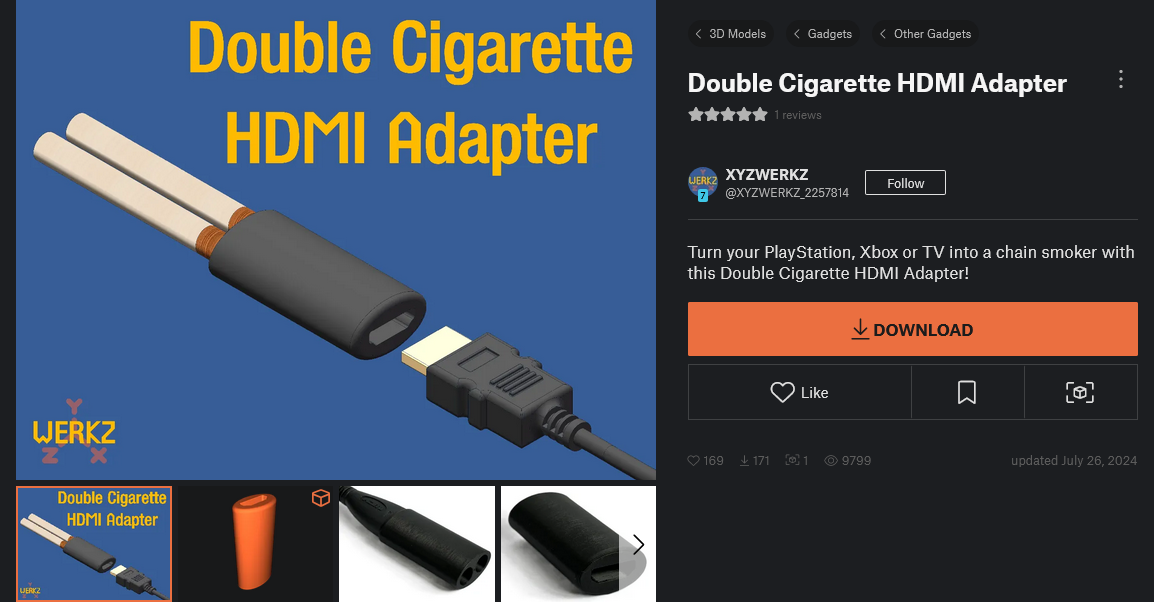

If you are not in for the dividents or the voting privileges stocks are always a game of “I hope someone is dumb enough to pay more than me for these shares”.


If you are not in for the dividents or the voting privileges stocks are always a game of “I hope someone is dumb enough to pay more than me for these shares”.


IPv6 has temporary IPs for privacy reasons. NAT is NOT a firewall. Setting up a real firewall is more secure and gives you more control without things like UPNP and NAT-PMP.


I still have my IPv6 sage shirt somewhere.
You should rather find out why things break with IPv6. The best time to make IPv6 work is now.


Why should I use IP6 in my small home network?
Or in an SMB where there are less than 100 IP’s used on a daily basis?
First I have to pay the cost of transition, along with the risk of things not working while I do this, and then the risk of something new being added and not working.
You can transition step by step. Dual Stack is a thing.
IP6 is good for backbone right now. It will slowly transition into LAN for larger environments (think Enterprise when they setup new network segments, since they’re buying new hardware anyway. But only after extensive testing.
That makes no sense to me. Every network in itself doesn’t need IPv6. The 10.0.0.0/8 range has 16 777 216 addresses. IPv6 only makes sense if everyone uses it. We bought ourselves time with NAT and CGNAT and splitting up older ranges but that won’t last forever and is costly.
Everyone needs to transition otherwise services will need to keep their IPv4 forever. And if the services keep their IPv4 users don’t have an incentive. Maybe we should transition BEFORE there is time pressure. Now is the time to slowly start setting everything up with enough time to plan and test firewall rules and appliances and everything else.


IPv6 after so many years still is a victim of the chicken-egg-problem. People don’t need it because services don’t support it because people don’t need it because … and so on and so forth. I try to enable IPv6 wherever I can and I didn’t have a propblem for ages. Dual stack is stable and there are actually a good amount of services that support it.
I think we should all push to implement IPv6 so that IPv4 can finally be laid to rest. Using IPv4 makes everything a bit more expensive because it is so damn expensive to get a stupid number. If someone is really scared that every computer has a publicly routable IP, and if you really think you can not configure a firewall, there is a private IPv6 space and you can use NAT with IPv6. It’s not recomended but it’s possible. I’d still say using a firewall is not harder and just as safe.
And there is the fact that you can make so many subnets which can make your internal network so much safer. You can controll better how packages are sent to groups because broadcast was dropped in favor of multicast. There is IPSec Support built in. Secure Neighbor Desicorvery to prevent attacks like ARP spoofing. There are a lot of reasons to implement IPv6 and even to switch to IPv6 only if possible.
youre missing out on the thousands of standard headphones that have been produced for decades
nope. You can just get a cheap adapter with USB C on one side and 3.5mm Audio Jack on the other. I don’t know about the audio problme though.


Most people don’t want to pay for AI. So they are building stuff that costs a lot for a market that is not willing to pay for it. It is mostly a gimmick for most people.


Why do you want to disable updates? Just don’t. It’s unsafe. For you and others.


I think the idea of prusa is cool but I feel like they are a bit behind. Especially regarding price to performance. That is what I gathered from the reviews at least. They are pretty reliable but not the latest and greatest tech.


Yeah I did that math myself. I would only do that because I like my Ender 3. But in the end a complete package sounds very tempting.


Don’t misunderstand me. I am very impressed by the performance of the Bambu printers. They really gave the established brands a kick in the butt price and performance wise.
Still it makes me uneasy to have a closed source system. I don’t mind butting some effort into my printer if it is more open. I mean my ender 3 is a lot of work. I’d assume it gets better than that.


I don’t have the space for two printers. But I think too that at some point upgrading makes sense. The Ender 3 is nice to tinker but I want something that just works.
I think Safari is WebKit.
The double cigarette HDMI Adapter is also great:

https://www.printables.com/model/954886-double-cigarette-hdmi-adapter


I don’t see how they can recover from that. They will get lawsuits from all around the world.


If I’m not mistaken you can save keys in these chips so that they can not be extracted. You can only use the key to encrypt/decrypt/sign/verify by asking the chip to do these operations with your key.


In my opinion NAT is a hack that makes lot of things harder than they should be. STUN and TURN are services that are created because there is no easy way to connect two hosts between different NATs. UPnP for port forwarding is another. CG-NAT is even worse. I have heard of so many people having problems with it.
Breadcast is messy. It is like screaming into a room and waiting for an answer. Multicast lets the computer decide if it wants and needs to listen to a specific group message.
IPv4 didn’t have cidr from the beginning. They only had classes. IPv6 was designed with complex routing and sub routing in mind.
I am very happy with Kagi. Can recommend. In the end someone has to pay for the service. With Kagi I know I don’t pay with my data but with money.